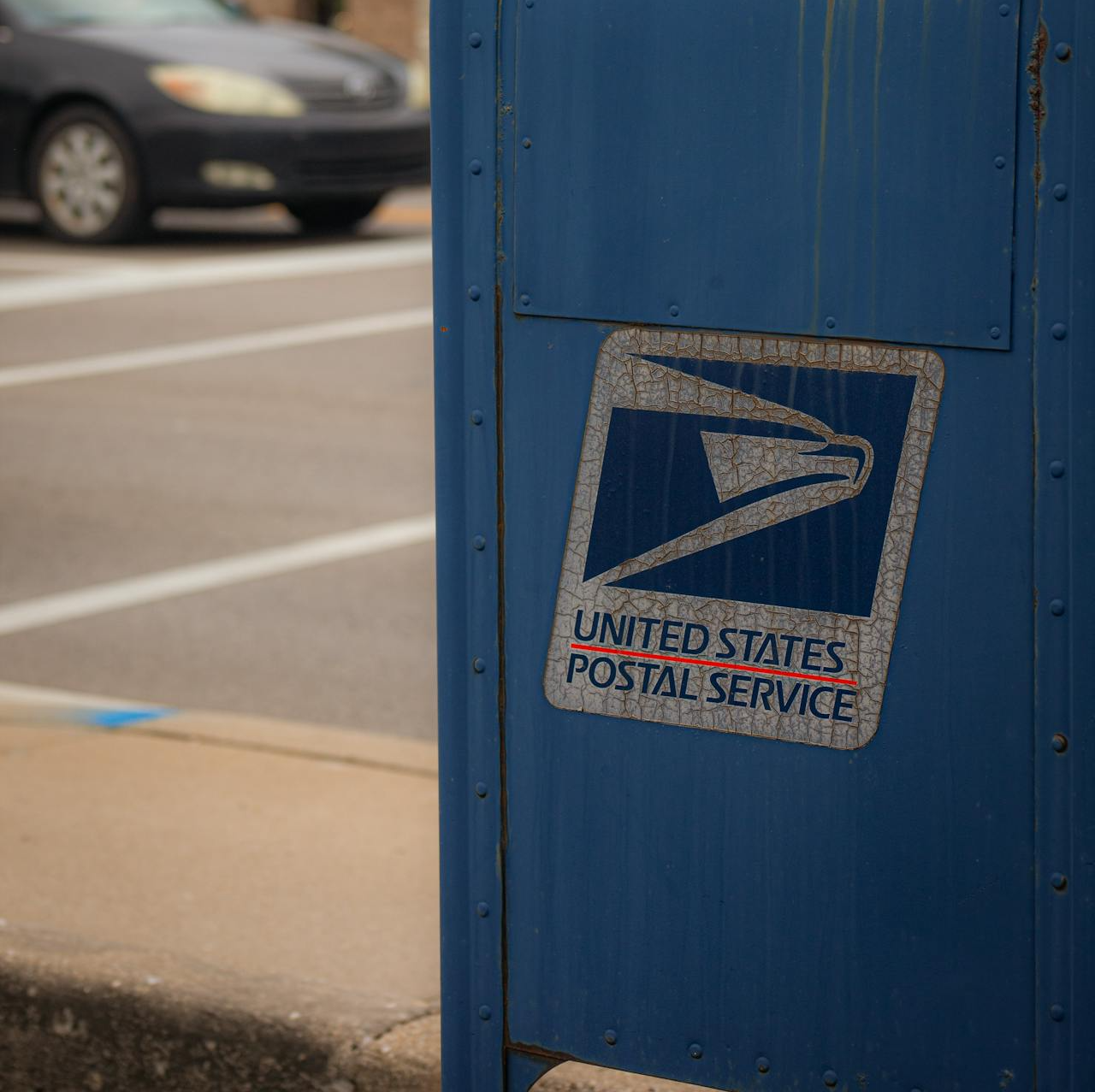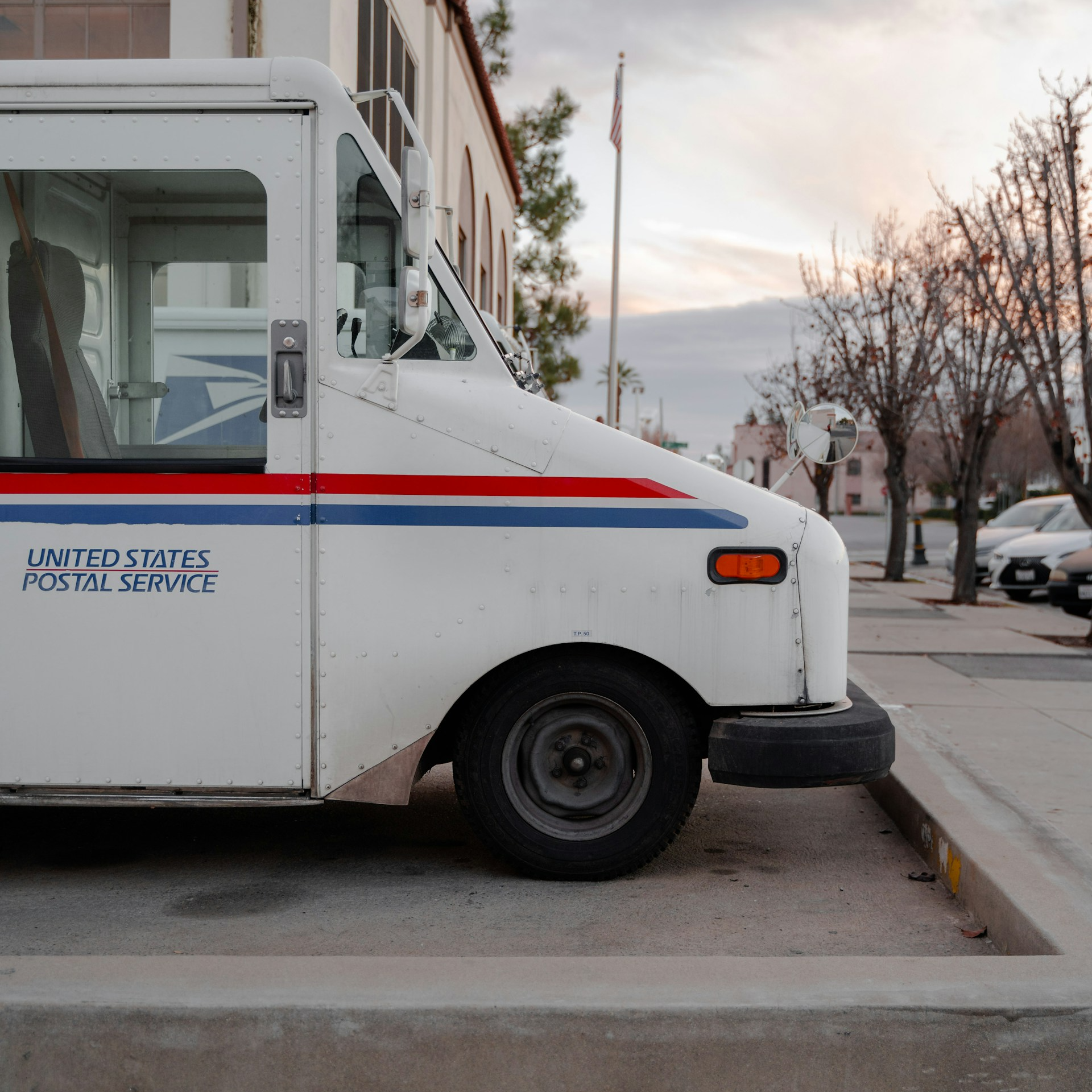Key Takeaways
-
Understanding PSHB deductibles can help you manage your healthcare expenses effectively by knowing what to expect before your benefits kick in.
-
Familiarizing yourself with how in-network and out-of-network deductibles work under PSHB plans ensures you’re prepared to make the best choices for your health and finances.
What Are PSHB Deductibles?
When it comes to the Postal Service Health Benefits (PSHB) program, deductibles are a core component of your overall healthcare costs. A deductible is the amount you must pay out-of-pocket for covered services before your insurance plan starts to share the costs. Think of it as the starting line for your insurance benefits each year. Once you hit that amount, your PSHB plan kicks in to help with expenses, such as coinsurance or copayments.
Why Deductibles Matter
Deductibles are a balancing act. They directly impact your premium costs, out-of-pocket expenses, and how quickly you can access full plan benefits. A higher deductible often comes with lower monthly premiums, while a lower deductible generally means higher premiums. By understanding your deductible, you can anticipate your financial responsibilities and make better decisions about your healthcare.
Types of Deductibles Under PSHB Plans
In-Network Deductibles
In-network deductibles apply when you receive services from healthcare providers who are part of your PSHB plan’s network. These deductibles are generally lower than their out-of-network counterparts, making in-network services more affordable. For example, an in-network deductible could range from $350 to $500 annually, depending on your chosen plan.
Out-of-Network Deductibles
If you decide to see a provider outside your plan’s network, you’ll likely face higher out-of-pocket costs. Out-of-network deductibles can range from $1,000 to $3,000 or more, and you’ll also need to pay a larger percentage of the service costs through coinsurance. While out-of-network options offer flexibility, they’re best reserved for situations where in-network providers aren’t available.
How PSHB Deductibles Affect Your Healthcare Choices
Balancing Costs and Coverage
Choosing a plan with a higher deductible may seem intimidating, but it can be cost-effective if you’re healthy and don’t anticipate frequent medical visits. On the other hand, a lower deductible plan is ideal for individuals or families who expect higher medical expenses. Your deductible choice can shape how you manage routine care, specialist visits, and even emergencies.
Coordinating With Medicare
If you’re eligible for Medicare and enrolled in a PSHB plan, your deductible responsibilities may be reduced or even waived, depending on the plan. PSHB plans often offer integrated benefits for enrollees with Medicare, which can make managing your out-of-pocket costs easier. However, you’ll need to ensure you’re enrolled in both Medicare Part B and your PSHB plan to take full advantage of these benefits.
Strategies to Manage Your Deductible
Maximize Preventive Services
Preventive services are often covered at no cost to you, even before you meet your deductible. These include annual wellness visits, screenings, and vaccinations. Taking advantage of these services not only promotes better health but also helps you avoid unexpected costs.
Use Your FSA or HSA
Flexible Spending Accounts (FSAs) and Health Savings Accounts (HSAs) are excellent tools to manage deductible expenses. For 2025, you can contribute up to $3,300 to an FSA or $4,300 to an HSA for individual coverage. These pre-tax accounts allow you to save specifically for healthcare expenses, easing the financial burden of meeting your deductible.
Know Your Plan’s Specifics
Understanding your plan’s deductible, coinsurance, and out-of-pocket maximum ensures you’re financially prepared. Look for your plan’s Summary of Benefits and Coverage (SBC) to identify these details. Being informed helps you plan and budget effectively for routine and unexpected healthcare costs.
How Deductibles Work With Other Costs
Copayments and Coinsurance
Even after you meet your deductible, you may still need to pay coinsurance (a percentage of costs) or copayments (a fixed amount) for covered services. For example, copayments might range from $20 for primary care visits to $100 for emergency room visits. These costs are separate from your deductible but count toward your plan’s out-of-pocket maximum.
Out-of-Pocket Maximum
Your out-of-pocket maximum is a safety net, limiting the total amount you’ll pay for covered services in a year. For 2025, PSHB plans’ out-of-pocket maximums range from $8,300 for individual coverage to $16,600 for family coverage. Once you hit this limit, your plan covers 100% of eligible expenses for the rest of the year.
Timing Matters: The Plan Year Cycle
PSHB deductibles reset at the start of each plan year, typically January 1. This means any payments you made toward your deductible in the previous year won’t carry over. Planning ahead, particularly during the Open Season period in November, ensures you’re ready for the year ahead.
Common Questions About PSHB Deductibles
Do All Services Count Toward My Deductible?
Not necessarily. Some plans exclude specific services, such as preventive care, from the deductible requirement. Additionally, out-of-network services may not count toward your in-network deductible.
What Happens After I Meet My Deductible?
Once you’ve met your deductible, your insurance begins to share costs, typically through coinsurance. For instance, your plan might pay 80% of covered costs, while you’re responsible for the remaining 20%.
Can I Combine Deductibles With My Family?
Yes, family plans often have an individual deductible and a family deductible. Once the family deductible is met, all members benefit, even if an individual hasn’t met their personal deductible.
Making PSHB Deductibles Work for You
Leverage Your Benefits
Understanding how your PSHB plan’s deductible integrates with other benefits allows you to optimize your healthcare spending. For example, choosing in-network providers and utilizing preventive services can help you stretch your healthcare dollars.
Stay Organized
Keep track of your healthcare expenses to know how close you are to meeting your deductible. Many plans offer online portals or apps that let you monitor your progress in real time, so you’re never caught off guard.
Plan for the Unexpected
Healthcare needs can arise suddenly, so having a financial cushion to meet your deductible ensures you’re prepared for emergencies. Consider building a healthcare-specific savings fund or using an HSA if eligible.
Wrapping Up Your PSHB Deductible Strategy
Understanding PSHB deductibles and how they fit into your overall healthcare costs is crucial for making informed choices. Whether you’re managing routine care or preparing for unexpected expenses, knowing the ins and outs of your deductible can help you stay ahead. By planning wisely and leveraging all available benefits, you can ensure your healthcare costs remain manageable throughout the year.











